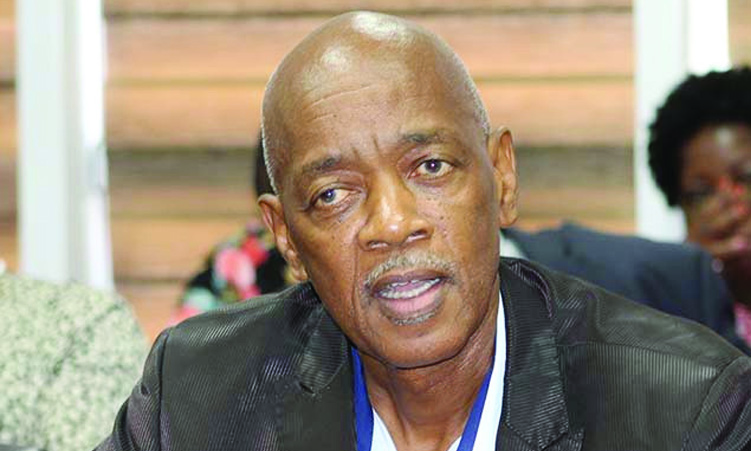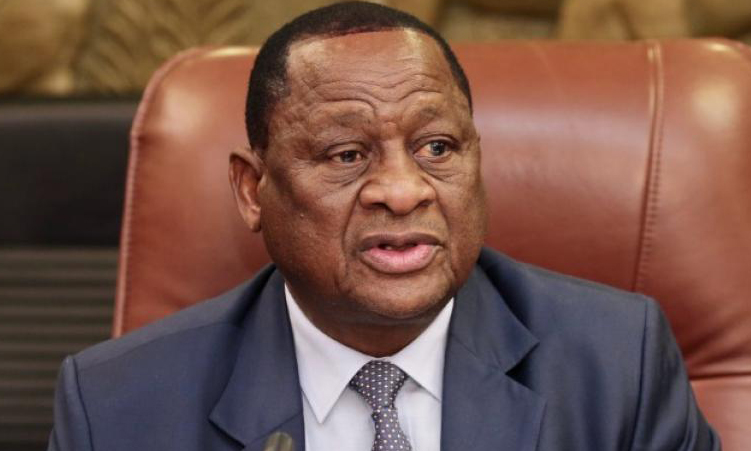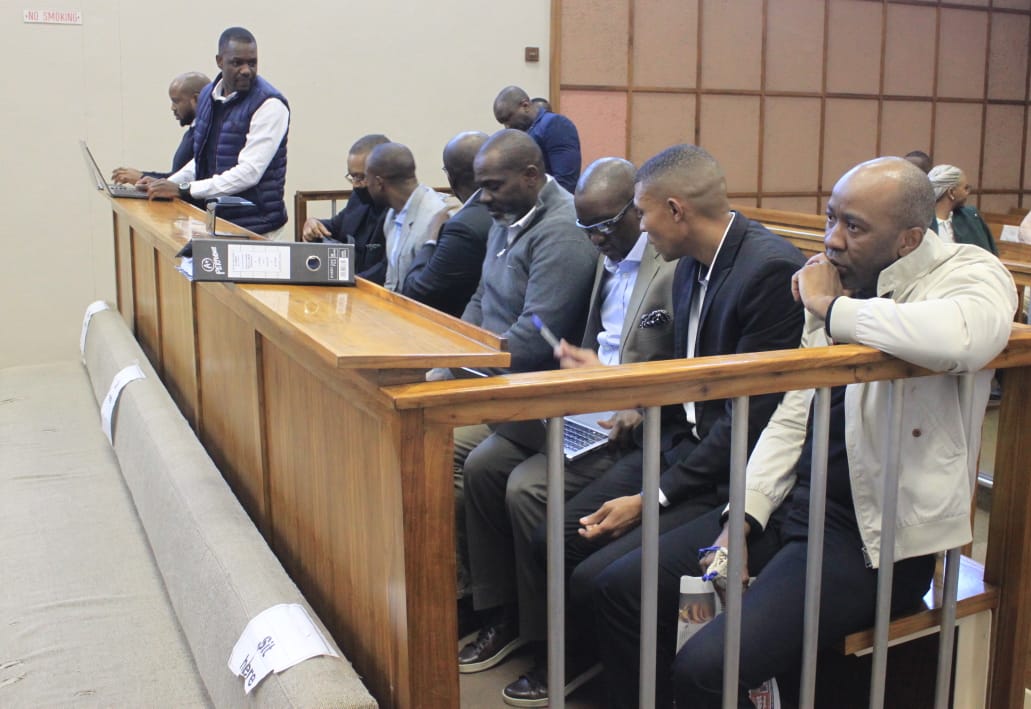An article I wrote last week, ‘The Complexity of the Coloured Identity in Southern Africa’, has sparked considerable debate.
That article was more a response to the reaction of Americans, especially African Americans, to South African singer Tyla identifying herself as Coloured.
I argued that the word coloured was, understandably, offensive in the American historical and cultural contexts.
I contended it would be wrong for African Americans to want to impose their frame of reference on the definition of race on other people; that such an imposition is tantamount to cultural hegemony.
I asked respected local sociologist Lucy Edwards-Jauch for her views.
According to her, “the term coloured is contested because it was an imposed identity given the fact that those lumped together as Coloureds are the remnants of diverse indigenous, primarily non-Nguni speaking African groups, settlers sought to either exterminate or enslave”.
Edwards-Jauch said “the collective term Coloured erases that history as well as the origins of Malay slaves imported from Batavia by Dutch settlers.
“The original identities and languages of these groups were destroyed as a result of genocide, epistemicide and cultural violence.
“Therefore, very few now refer to themselves by the names of their origin like the !Kung, /Gui, Ju/’hoasi, Cochoqua, Hessequa, Gouriqua, Outeniqua, etc.”
IDENTITY AND COLONISATION
Arguing along the same lines as Edwards-Jauch, a dear friend of mine, professor Kealeboga Maphunye from the University of South Africa, believes the debate about coloured identity should be understood within the broad context of the ‘Decolonisation School of Thought’.
It argues that the coloured identity is not only a contested identity but a conglomeration of different identities suppressed during the apartheid years in both Namibia and South Africa.
These identities are now resurfacing as a movement and some activists from these groups are organising their voice to assert their original identities.
In South Africa, most Coloureds use Afrikaans as their first language, although a few opt for English.
In the same breath, it is worth noting that apart from the Coloureds and white Afrikaners, there are a few groups that use Afrikaans as their first language – like the Griquas in South Africa and the Riemvasmakers in both South Africa and Namibia – but who don’t necessarily identify themselves as coloured.
In other words, the use of Afrikaans as a first language is not a good enough criterion to classify a group as coloured.
As I have argued elsewhere, Afrikaans is also used by most Khoekhoegowab speakers and urbanised Aawambo in towns like Lüderitz, not only as their reading and writing language, but also as their de facto second language.
Another interesting dynamic to the ‘debate’ is that there are some Ovaherero, as well as a few Damara and Nama people, who are technically coloured in the sense that they were born to African mothers but were fathered by German men.
To the best of my recollection, most of them do not regard themselves as Coloured.
Equally, there are a few Aakwanyama and Aazemba, for example, who have African mothers and Portuguese fathers, but who regard themselves as black Africans.
Again, there is a unique group south of Windhoek who proudly identify as Basters – an identity that, like the coloured identity, might be regarded as offensive in some parts of the world.
The Basters of Namibia are, like most Coloureds, light in complexion. Also, like most Coloureds, they use Afrikaans as their first language.
However, they are the offspring of mainly German fathers and Nama mothers. During the German colonial period (1884-1914), they occupied a quasi-autonomous geographical area in Namibia called Rehoboth.
Most importantly, they have a traditional leadership structure headed by a kaptein.
Namibian Coloureds, on the other hand, mainly migrated from South Africa. However, the coloured identity in Namibia, as in South Africa, is heterogeneous and can thus be hotly contested.
PRESUMPTIONS AND PURPOSE
During the apartheid era, some leading Coloured intellectuals identified themselves with the Black Consciousness Movement and thus rejected the coloured identity.
These were people like Allan Boesak, Neville Alexander and a few others.
When the chips are down, it is safe to conclude that the coloured identity is both a contested as well as an elusive identity.
It would therefore be presumptuous to condemn those who identify themselves as Coloured in favour of those trying to organise their voice to carve out alternative identities.
Doing that would defeat the very purpose of self-definition and self-identification.
- * Gerson Uaripi Tjihenuna is a commissioner of elections. The views expressed here are his own and not those of the ECN.
Stay informed with The Namibian – your source for credible journalism. Get in-depth reporting and opinions for
only N$85 a month. Invest in journalism, invest in democracy –
Subscribe Now!






